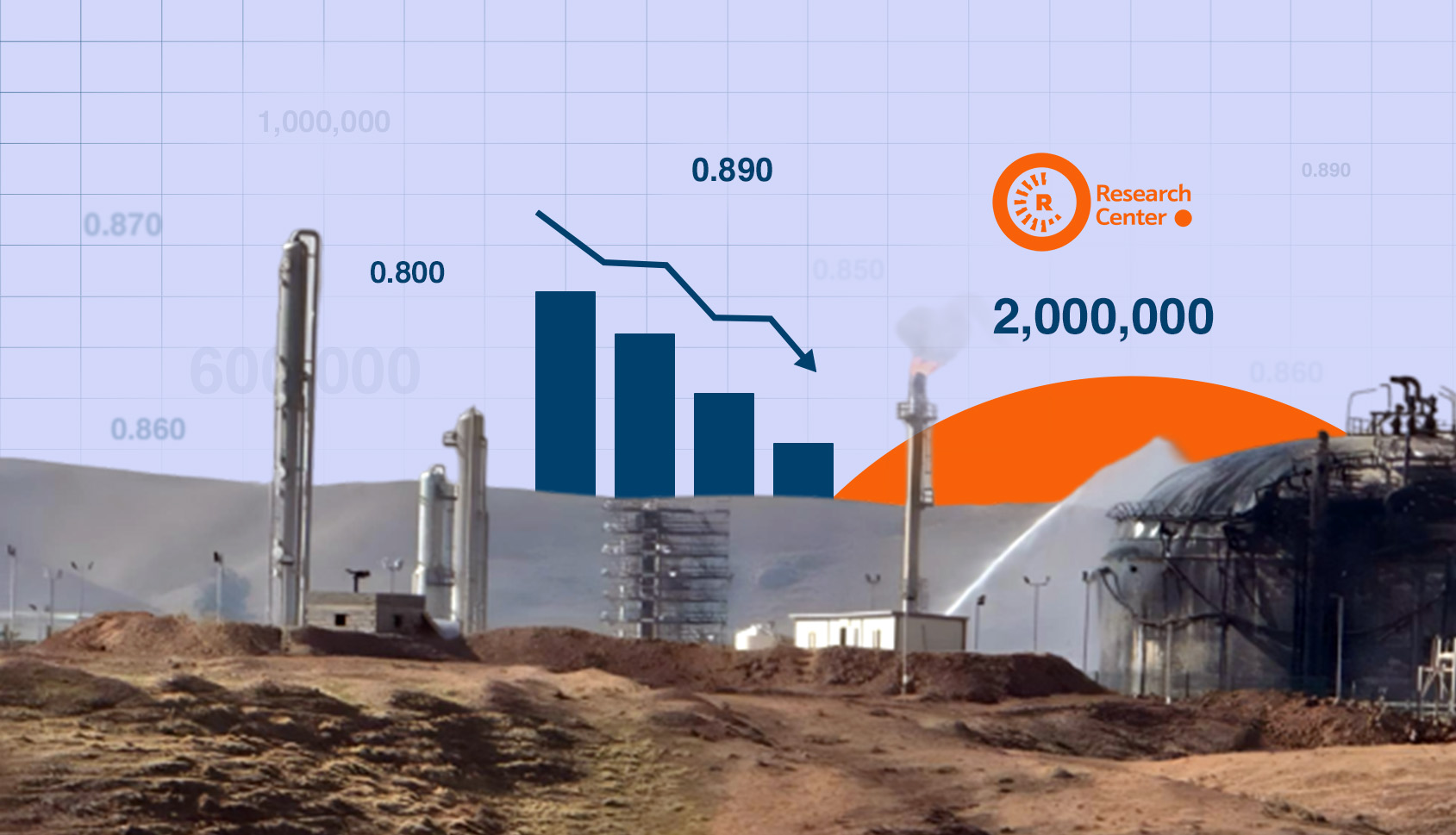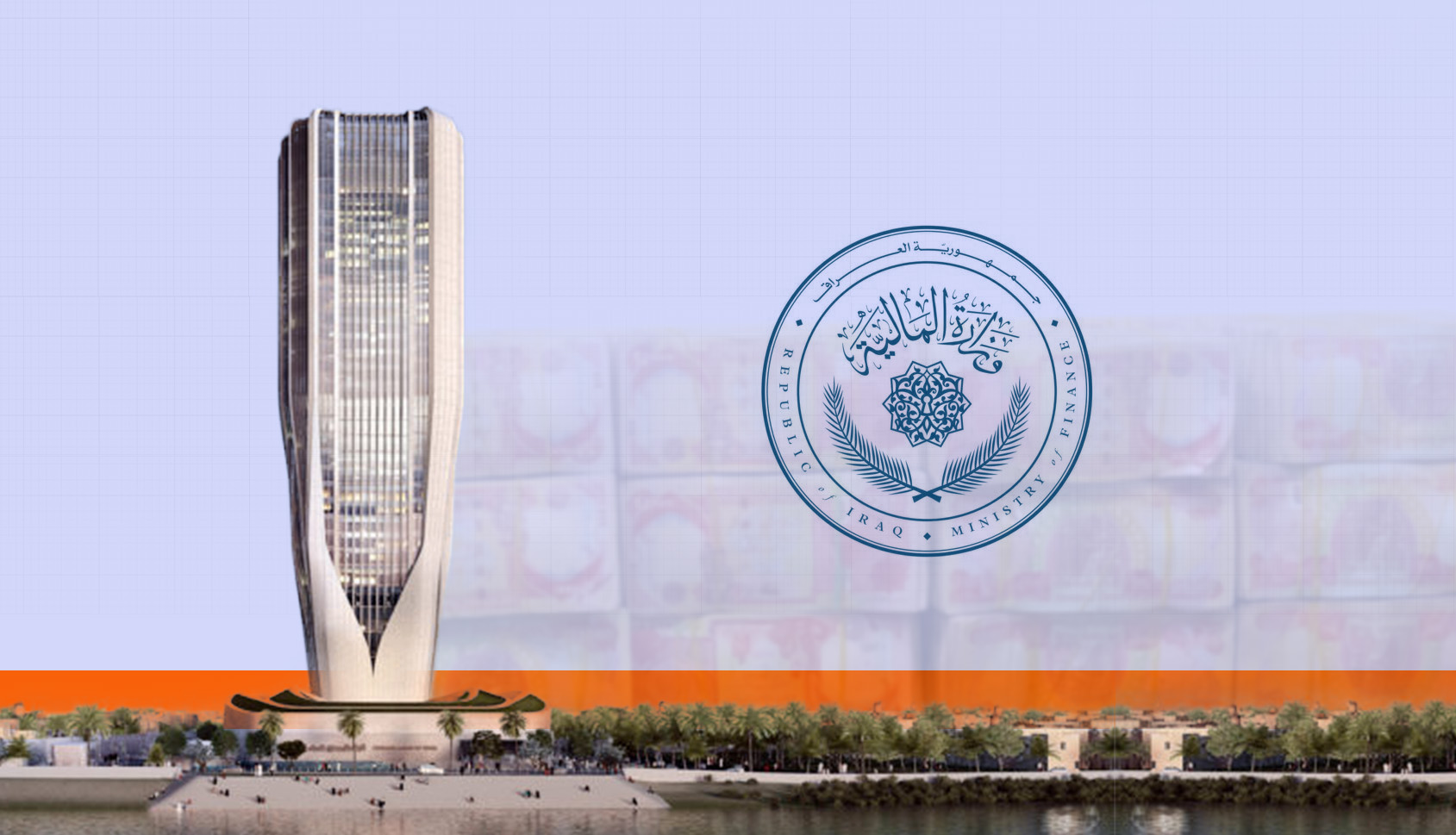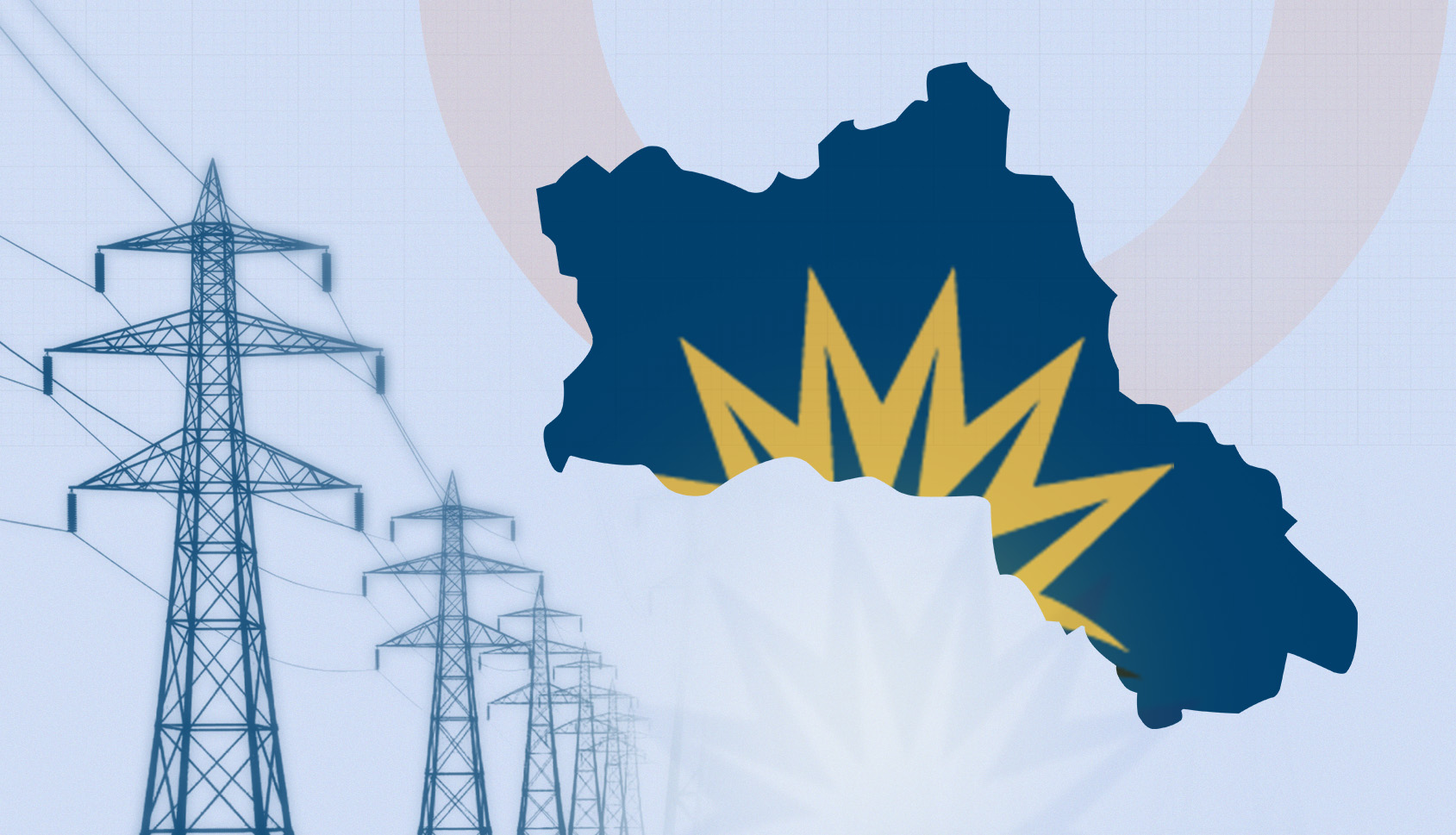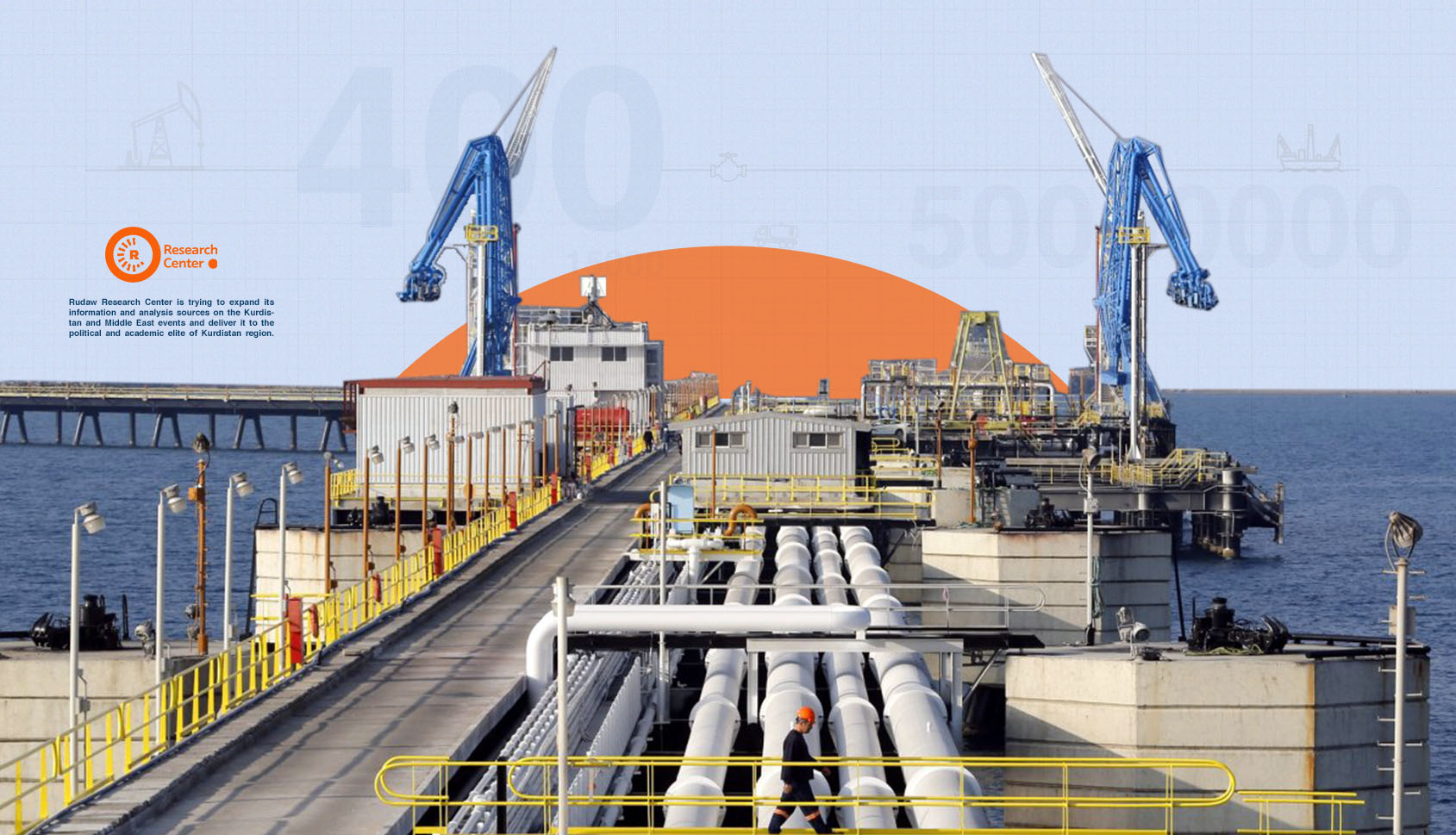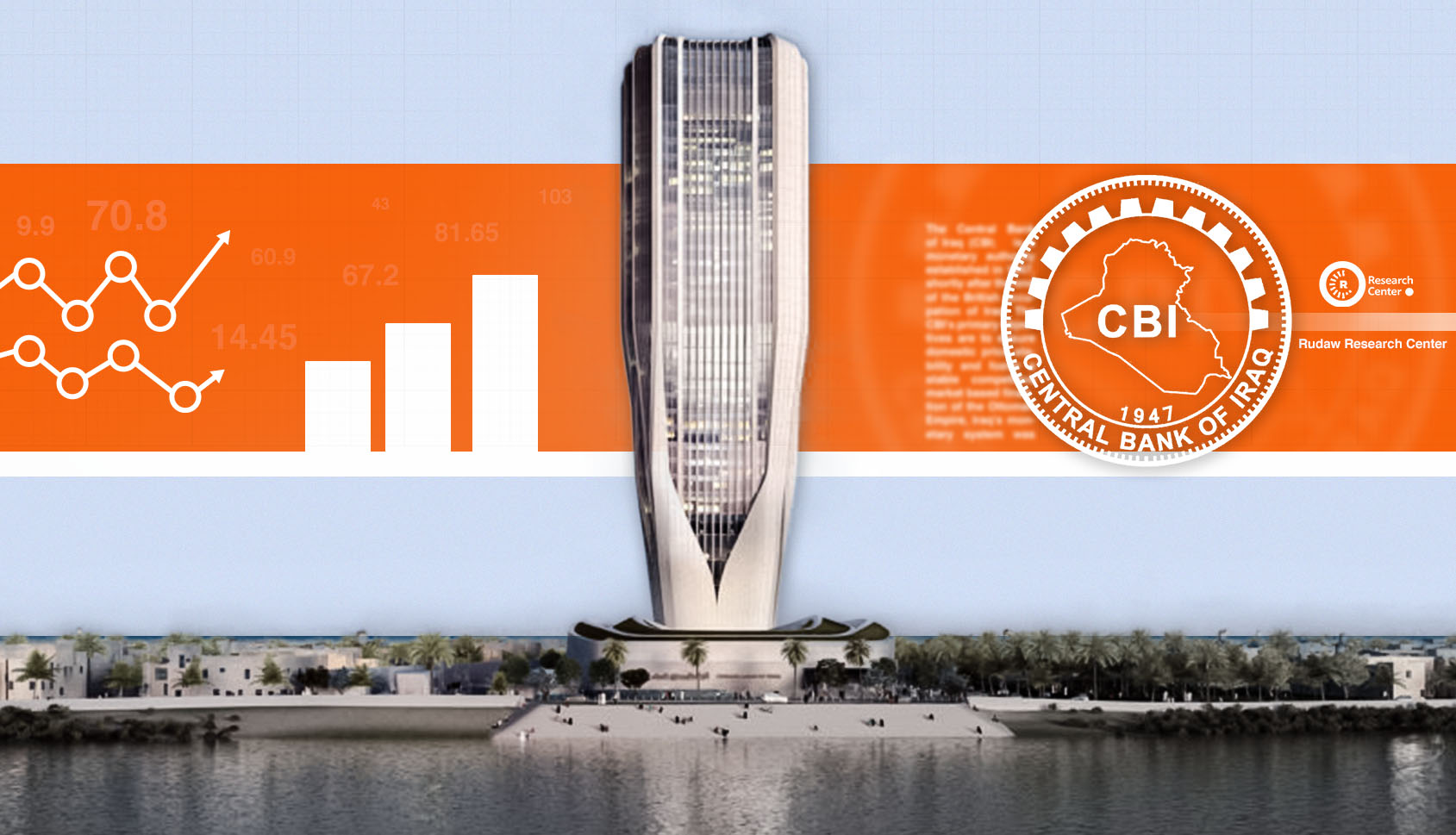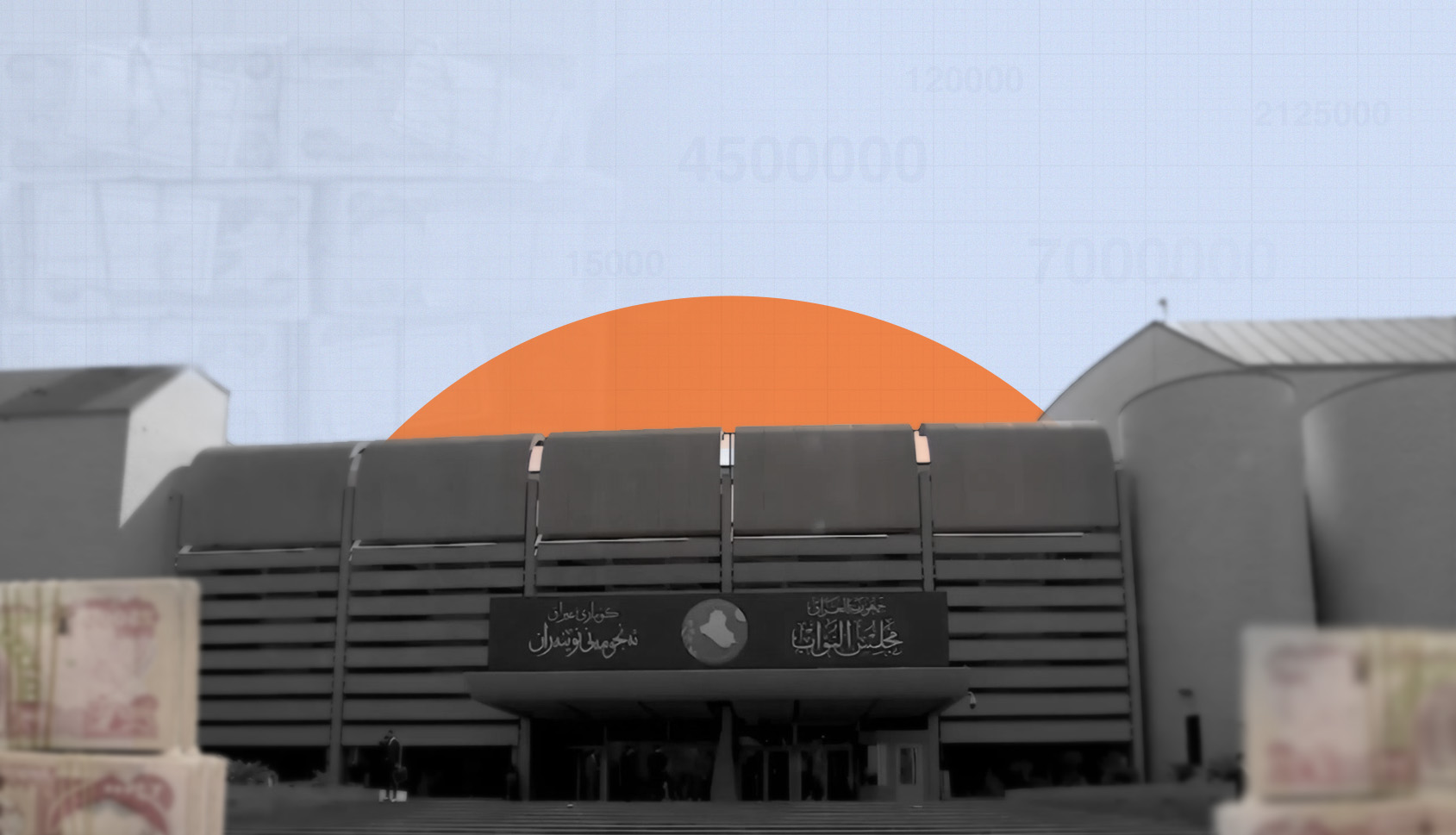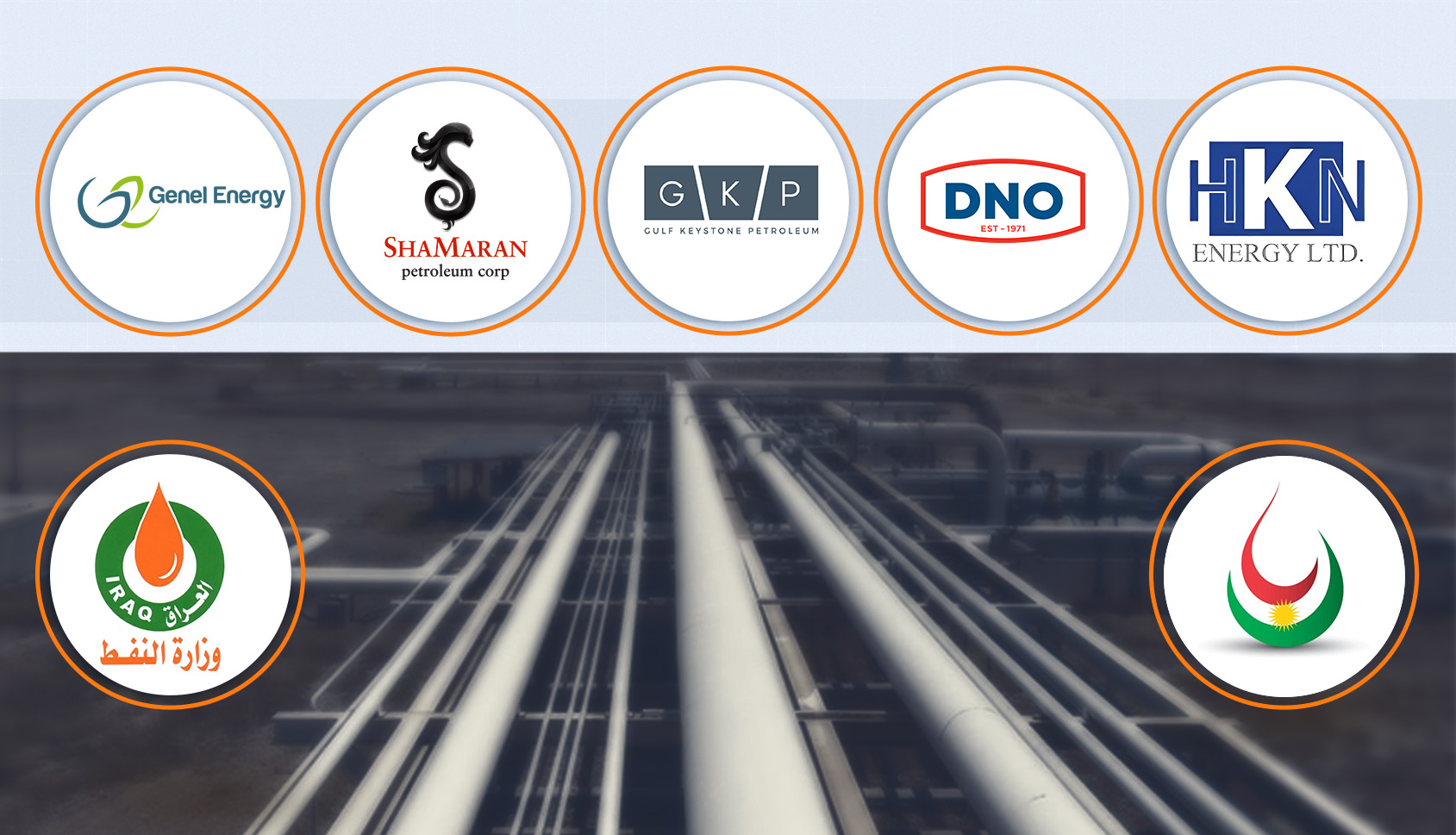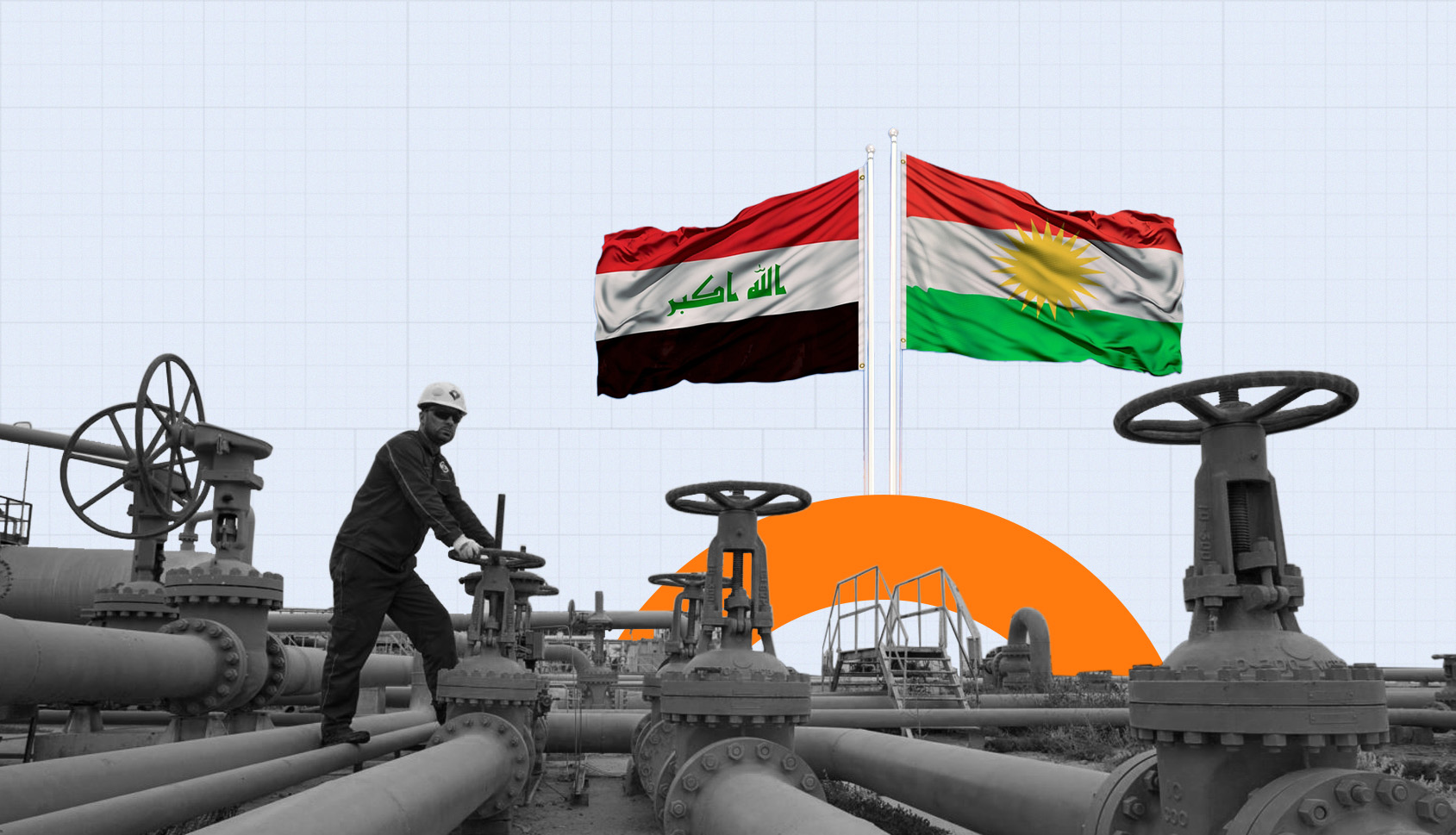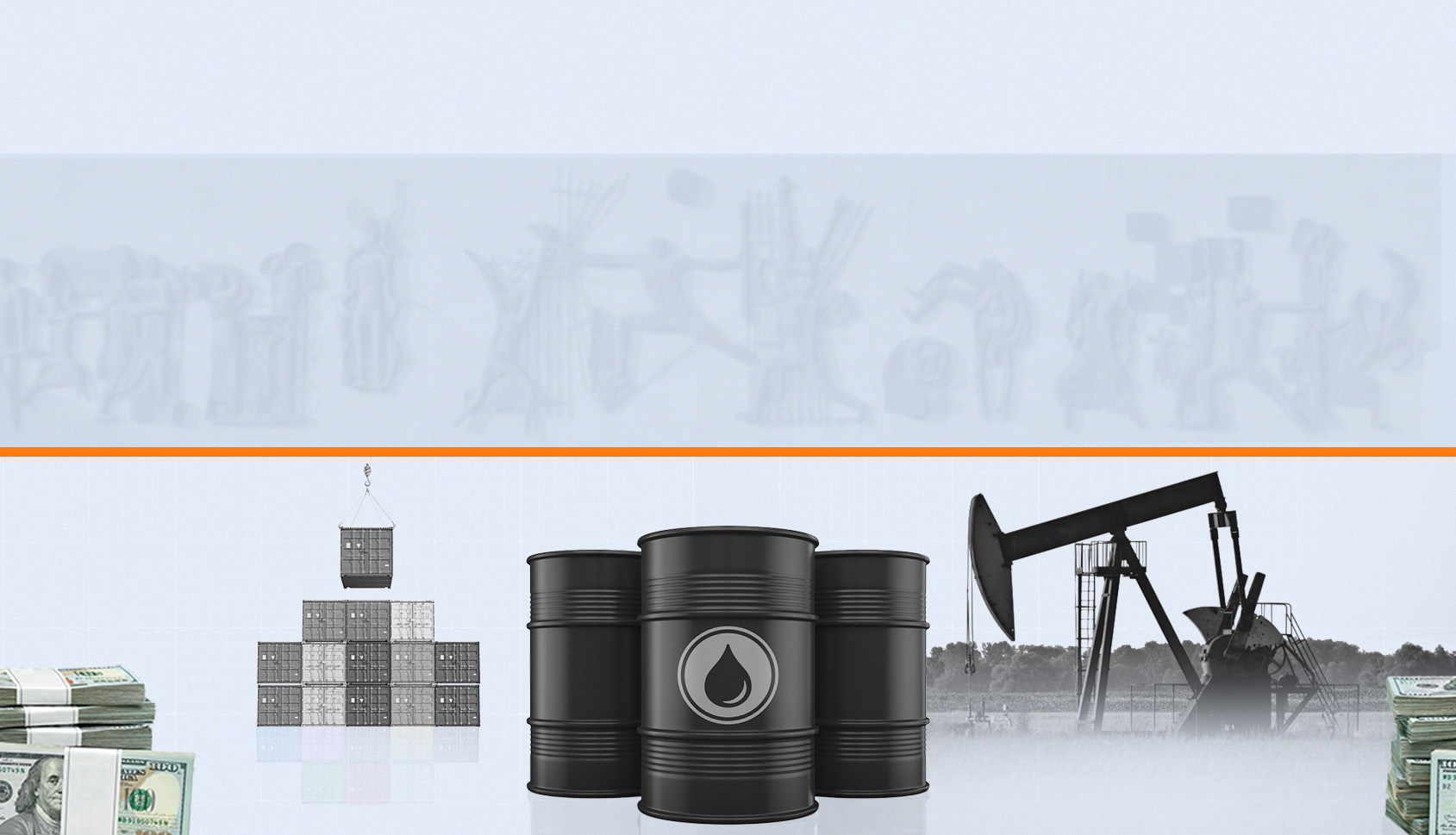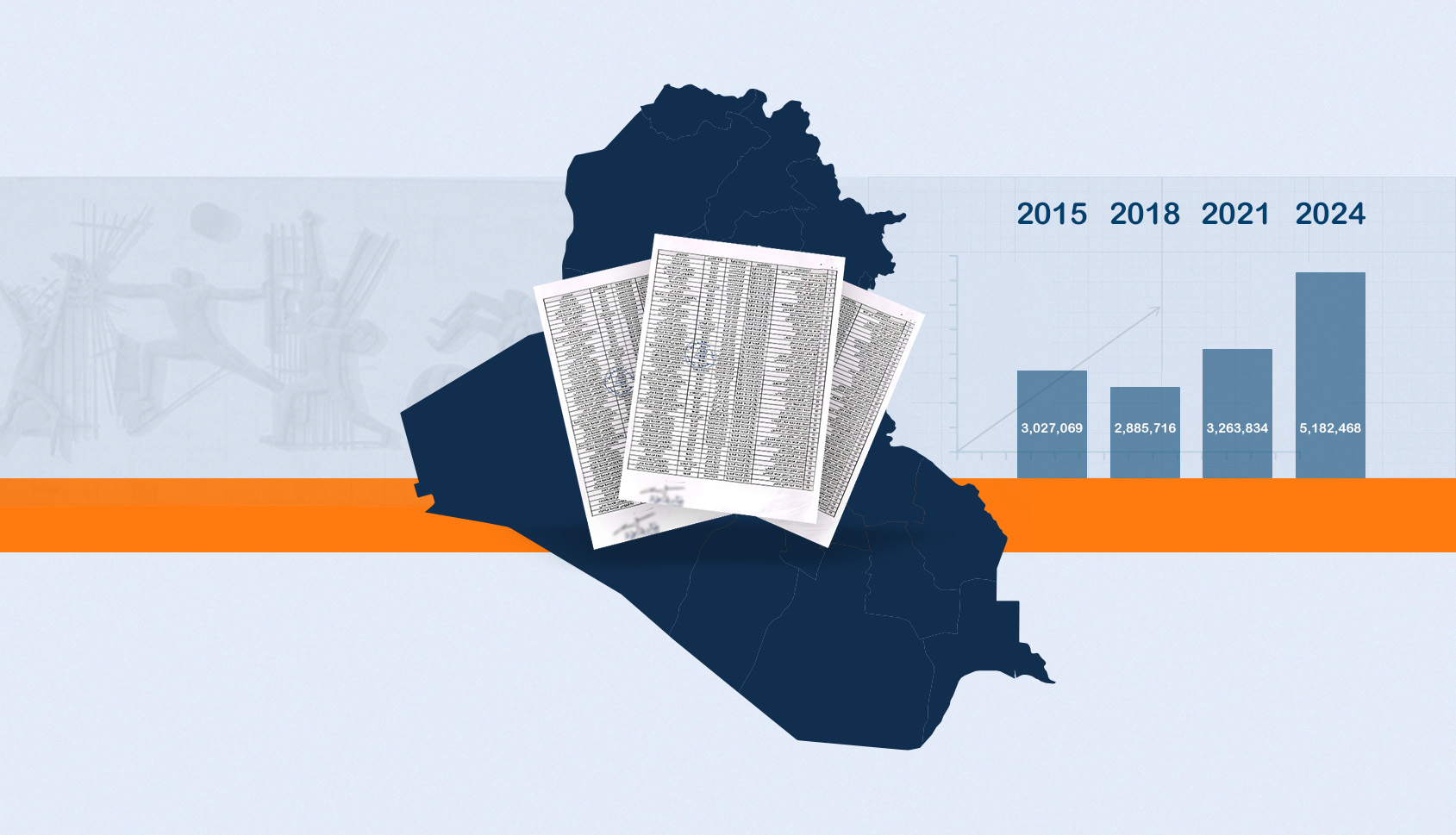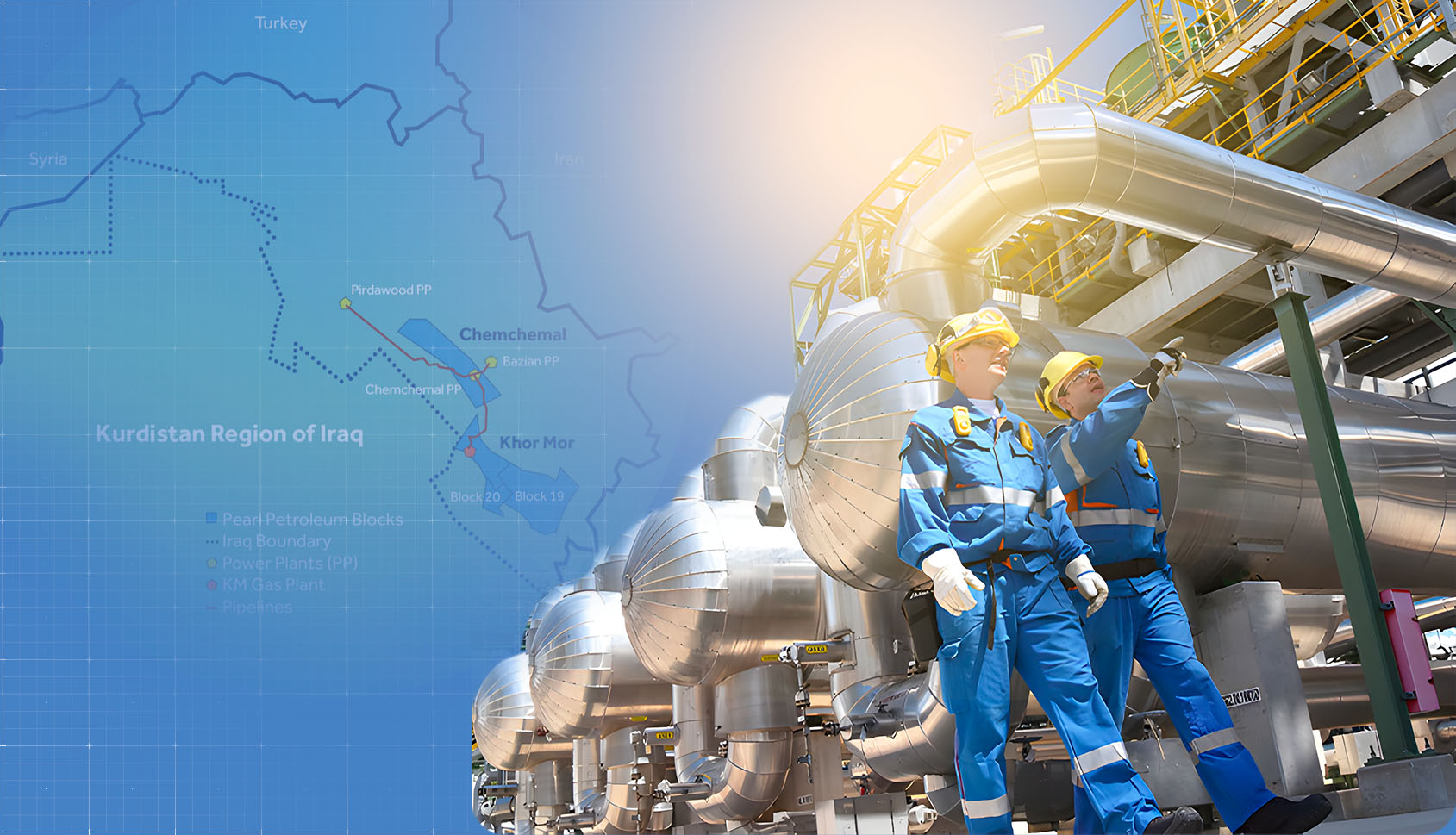Taken together, these developments highlight the diversification of Iraq's investment environment and the country's opening to the world's largest energy companies. However, the case of the West Qurna-2 oil field reveals a major structural weakness in Iraq's energy sector: its vulnerability to shifts in the relationships among global powers. It raises a critical question: if, one day, the United States were to impose sanctions on China and its energy companies, how would Iraq continue to produce oil and finance the state, given that around 90 per cent of government revenue still comes from oil exports?
Khor Mor LPG Facility Attack: Impacts and Energy Security Options for the Kurdistan Region

The rocket attack on the Khor Mor gas field on the night of 26 November 2025 caused the explosion of the facility’s newest 65,000-barrel liquefied petroleum gas (LPG) storage tank and brought to a halt the flow of natural gas that generates nearly 80 percent of the Kurdistan Region’s electricity, in addition to supplying 1,200 megawatts of power to Iraq. The damage extends far beyond the millions of dollars lost in the destruction of the facility or the widespread blackout across the Kurdistan Region. This incident will have both immediate and long-term consequences for the oil and gas sectors of the Kurdistan Region and Iraq more broadly.
Kurdistan Region Salaries: The Real Source of the Dinar Shortage—Central Bank or Finance Ministry?

Recent discussions about a supposed shortage of dinars—affecting the November salaries in Iraq’s central and southern governorates and the September salaries in the Kurdistan Region—require clarification. The facts become clear when examining the figures from the Central Bank, the Ministry of Finance, and the Ministry of Oil.
<!-- wp:paragraph --> <p>One year after the launch of the Runaki Project—an ambitious, region-wide initiative designed to provide 24-hour, uninterrupted electricity across the Kurdistan Region of Iraq—approximately 70 percent of the region’s population is now receiving continuous power through the program.</p> <!-- /wp:paragraph --> <!-- wp:paragraph --> <p>The Runaki Project marks a significant milestone in the Kurdistan Regional Government’s efforts to modernize the energy sector, reduce dependence on small private diesel generators, and minimize environmental pollution resulting from fragmented power production.</p> <!-- /wp:paragraph -->
On September 27, 2025, the pipeline for exporting oil from the Kurdistan Region to European, Asian, and U.S. markets via the Port of Ceyhan was reopened. Over the past month, an average of 188,221 barrels per day of oil from Kurdistan Region fields reached buyers.
This reassurance from the Central Bank and the Prime Minister of Iraq comes at a time when, a decade and a half ago, Iraq’s external debt stood at $60.9 billion, and its domestic debt was $9.9 billion. By June 31, 2025, however, domestic debt had risen to $67.2 billion, while external debt had declined to $14.45 billion. These shifts and reversals are noteworthy and highlight several important aspects of Iraq’s economy. The key question now is whether the issue of government debt has become part of the election campaign rhetoric or if it represents a genuine threat to the country’s financial and economic stability in the future.
On November 11, 2025, citizens of Iraq and the Kurdistan Region will head to the polls to elect members for the sixth parliamentary term. The annual cost of maintaining this parliament is approaching half a billion U.S. dollars.
The Core of the Tripartite Agreement and Company Profits per Barrel of Kurdistan Region Oil

Wood Mackenzie has been tasked with reviewing production costs, investment levels, and profit margins per barrel of oil for international companies operating in the Kurdistan Region. Based on this review, Baghdad will allocate the companies’ financial entitlements for both the current and future phases.
The Resumption of Oil Exports from the Kurdistan Region to the Ceyhan Port: Impacts and Implications.

On the morning of September 27, 2025, Kurdistan Region oil was exported via pipeline to the Ceyhan port. This tripartite agreement will directly impact the entire energy sector in both Iraq and the Kurdistan Region, even as three unresolved files remain suspended for 2026.
From Oil to Inequality: Iraq’s Resource Allocation and Its Role in Economic Disparities and Import Dependence

According to the Global Inequality Dashboard, which compiles data from 110 countries worldwide, Iraq ranks among the most unequal nations in terms of income and wealth distribution. The top 1% of the population earns three times more than the 45%, highlighting deep structural imbalances. A key driver of this inequality is the public sector, particularly in the way salaries are allocated.
Expansion of Iraq’s Public Sector: How Many New Civil Servants Were Appointed Last Year?

The number of civil servants appointed to Iraq’s public sector over the past year—whose salaries are paid by the Ministry of Finance—has exceeded one million. This figure comes in addition to the individuals added to the country’s social safety net during the same period.
It is planned that next week, Dana Gas and its partners will conduct the first initial pre-production gas testing of the Khor Mor natural gas production expansion project, known as KM250. Subsequently, they will move to the production phase, increasing daily production by 250 million cubic feet of gas to 540 million cubic feet of gas for the company's operations at the Khor Mor field. This will bring the level of natural gas production in the Kurdistan Region to over 1 billion cubic feet per day.
While this may be a data entry error, we are talking about a report published after two to three months, and an error of one zero less or more means changing thousands to millions. After correcting the data, it was noted that there was an error in April 2025 data where the same figures from March 2025 were entered for revenues. In May 2025, everything was combined. What draws attention in the data correction is the decrease in revenues during these five months, whether oil or non-oil revenues.
From July 14-16, 2025, oil fields on the borders of Erbil and Duhok provinces were targeted by bombing drones. Until now, drone attacks on various borders of these two provinces continue, and the number is increasing day by day, despite condemnations from America, Iraq, and demands from the Kurdistan Region to stop the attacks.
On the morning of July 15, 2025, the Sarsang oil field was attacked by a drone. The American company HKN, which operates the field and owns 62% of its shares, is the main stakeholder. On the same day, just hours later, the Iraqi Ministry of Oil officially announced the signing ceremony of the contract between HKN and the North Oil Company for the development of the Hamrin oil field, with a daily production capacity of 60,000 barrels of oil and 45 to 50 million cubic feet of gas.


